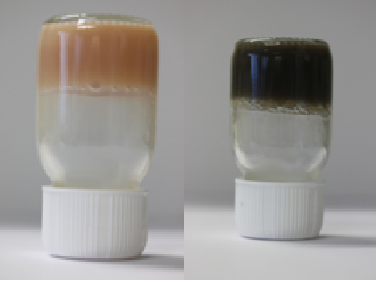Stanford’s New Electrojelly Feels Like Living Tissue, But Acts Like a Semiconductor
Future electronic skin and bio-batteries could be etched onto surfaces with inkjet printers, conducting electricity while looking for all the...

Future electronic skin and bio-batteries could be etched onto surfaces with inkjet printers, conducting electricity while looking for all the world like spongy biological tissue. A new electrically conductive hydrogel, developed at Stanford University, can be printed or sprayed as a liquid and turned into a gel once it’s in place.
Hydrogels are semi-solid gummy-bear-like materials, made up of chains of water-avoiding polymer molecules. Their hydrophilic properties make them good analogues for biological tissue, because like living tissue, they are soft, flexible and semi-porous. This new hydrogel is made of organic compounds, including one found in plant tissues, which cross-link into complex networks.
Other conductive hydrogels are made by connecting conductive materials inside a non-conductive, insulating matrix, which reduces the overall material’s ability to carry a current. To improve matters, this new hydrogel has a special ingredient, phytic acid, which is found in plant tissue. Along with inducing the complex crosslinked networks, this acid compound has electrical properties — when it links the polymer chains together, it also gives them a charge. The resulting hydrogel is therefore highly conductive, according to Stanford chemical engineering professor Zhenan Bao, materials science and engineering professor Yi Cui and their graduate students.
The hydrogel has tiny pores, which can expand the surface covered by the gel. This increases the amount of charge it can hold, according to Stanford News. Like Jell-O, it doesn’t set immediately after it’s made, so it would be simple to print hydrogel structures with 3-D printing techniques. These capabilities would make it a strong contender for biological probes, sensors, and even biofuel cells, the researchers say.
“You can’t print Jell-O,” Cui told Stanford News, “but with this technique, we can print it and make it Jell-O later.”
Research on the new hydrogel appeared in a recent issue of the Proceedings of the National Academy of Sciences.